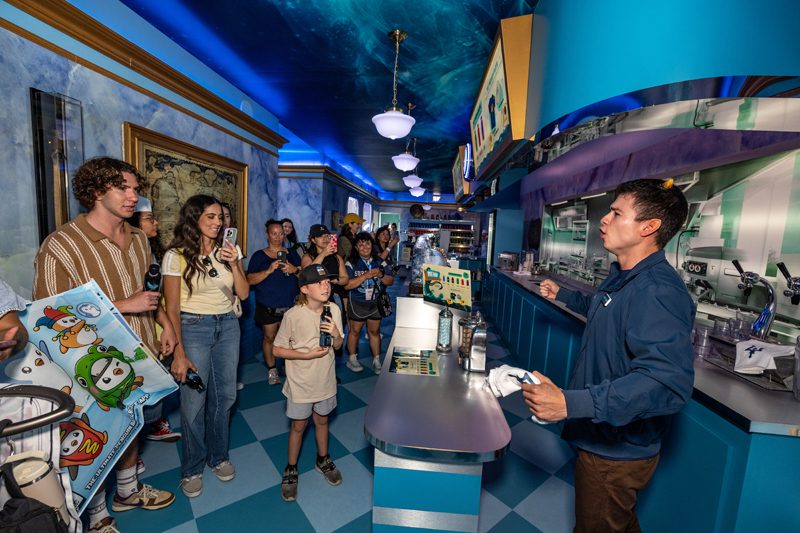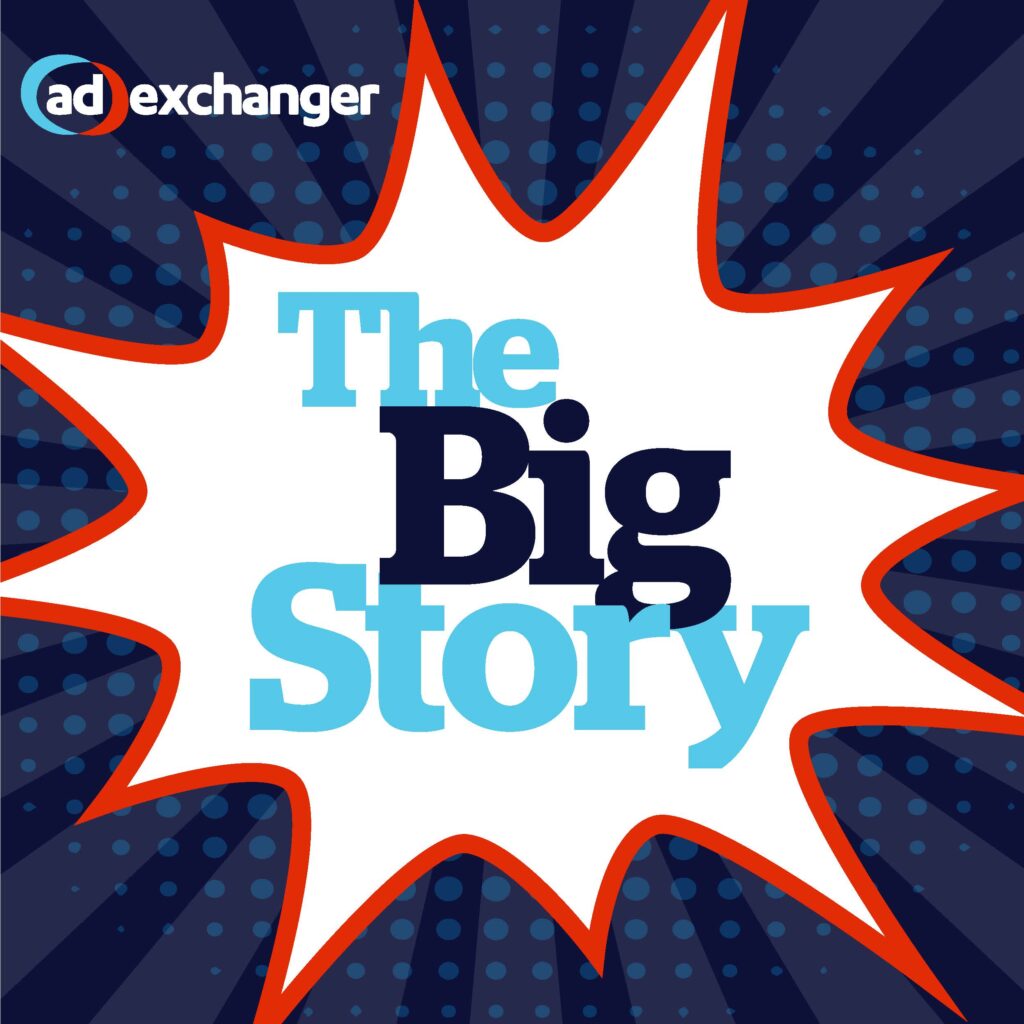When Kellogg’s set out last year to move more of its Special K cereal off store shelves, it grabbed the attention of dieting women across America by offering a simple but compelling premium. In fact, the company offered the very same premium, again and again, as often as the consumer was able to redeem it. The gift: a brand new pair of blue jeans every time the consumer dropped down another size, a slimming that she attributed to healthier eating of Special K. The result: 88% of instant-winners cashed in a free jeans card; even better, the brand saw a double-digit increase in franchise growth during the promotion. The campaign, executed by Brigandi & Associates, is a 2006 PRO Award finalist.
According to PROMO’s third annual Premium & Incentives Study, more brands are recognizing the impact of premiums (defined as gifts given to a consumer or client to reward behavior, such as a purchase) and advertising specialties (typically less-expensive items such as pens or mugs, usually with the product’s name or logo on it, distributed to thank customers and raise brand awareness among prospects). For some companies, it’s the only marketing they do: In the 2006 study, 26.3% of respondents said that nearly their entire marketing rewards budget (60% to 100%) is dedicated to premium programs, compared to 19% of respondents in 2005 (see Chart 1). This year, 15% of marketers polled said they spend the bulk of their total annual rewards budgets (60% to 100%) on ad specialties, as compared to 10.1% last year. Even in the mid-tier, brands are spending more: 9.8% say they spend 30% to 59% of rewards budgets on premiums this year vs. 7.5% last year; meanwhile, 9.2% cite budgets in that range for ad specialties, compared to 8.8% in 2005.
Why the increase in budget allocation? In-pack, on-pack and near-pack premium promotions offer the consumer a compelling reason to pick a brand. Summed up in four words, they’re value-added, instant gratification.
“They provide a value-added reason for the consumer to buy now,” says Paul Kiewiet, president of Promotion Concepts Inc., a Kalamazoo, MI, sales promotion firm. “There’s no delay, nothing to collect, lose, forget, stuff, or stamp.”
Overall, premiums (which are typically more expensive) tend to outweigh ad specialties when it comes to delivering desired results. Nearly a third (29.9%) of those surveyed in 2006 say premiums yield better ROI, compared to 12.5% who claim that ad specialties lead to better returns. While low, both scores are up from last year, when only 23.3% cited premiums for results generation, and just 8.7% credited ad specialties (see Chart 2).
In general, however, the quantifiable assessment of premium and ad specialty programs remains a problem.
“We distribute all sorts of items,” says one participant, “with little or no measurement of anything.”
Retailers (40%) and marketing agency executives (35.7%) tended to score premiums higher this year than brand manufacturers (20.3%) when asked about positive ROI impact. Ad specialties were cited as “delivering better ROI” by just 5.7% of retailers, 10.1% of agencies and 14.9% of brand manufacturers.
Despite this rather underwhelming appraisal of the ROI value of these sorts of gift rewards (of course, those grousing may also be among those not measuring their programs), spending has inched up in the past year: 33.7% say they spent more on premiums, while 31.7% say they cut their spending on premiums, as compared to 2005. For ad specialties, 27.2% say they spent more, while 35.7% say they cut their spending.
Pricier premiums
Driving these budgets may be an ongoing trend toward more-expensive gifts. When asked which premiums deliver the best results, respondents continue to cite electronic devices, such as cameras and MP3 players, and apparel, such as shirts (see Chart 4). Agencies tend to favor electronic devices (22.8%), especially “some technology no one has ever seen before,” as one put it. Retailers gave higher scores to small, easily inventoried and distributed items like pens (20%), while brand manufacturers like logo-imprint or stitched shirts (24.3%) that can play as outdoor ad space on two legs.
Frequent write-ins this year included food and beverage items, calendars and clocks, luggage and travel accessories. But the most often noted write-in was for music — downloadable, digitized, card-loaded, music and music players are hot properties for rewards. With more than 14 million iPods sold in the fourth quarter of 2005 alone, the popularity and broadening appeal of downloadable music will only continue to accelerate.
Ideally, respondents distribute their rewards in person, at trade shows (40.4%) or during one-time or tour-based events (40%). Those “special occasion” venues may explain why 42.9% say they tend to distribute their premiums or customized rewards only one-to-five times per year (just 3.6% say they give rewards 11 to 20 times per year).
Even modest gifts can be a powerful stimulus for sales however. Nearly 32% say they provide premiums to their sales reps for distribution to clients and prospects. Often, the reward is an outright gift-with-purchase (27.7%).
One of the simplest and most effective premium programs of the past year was McDonald’s Fruit & Walnut Salad Launch, developed by Arc Worldwide. The campaign was built one tine at a time, as McDonald’s gave away an ingeniously designed Green Fork to help launch it’s healthier menu options. The fork drew fruit salad fans and converts to the often-criticized QSR, driving a 138% increase in salad sales in the process. The Green Fork is also a finalist in the 2006 PRO awards for its impact on product trial.
 Network
Network

